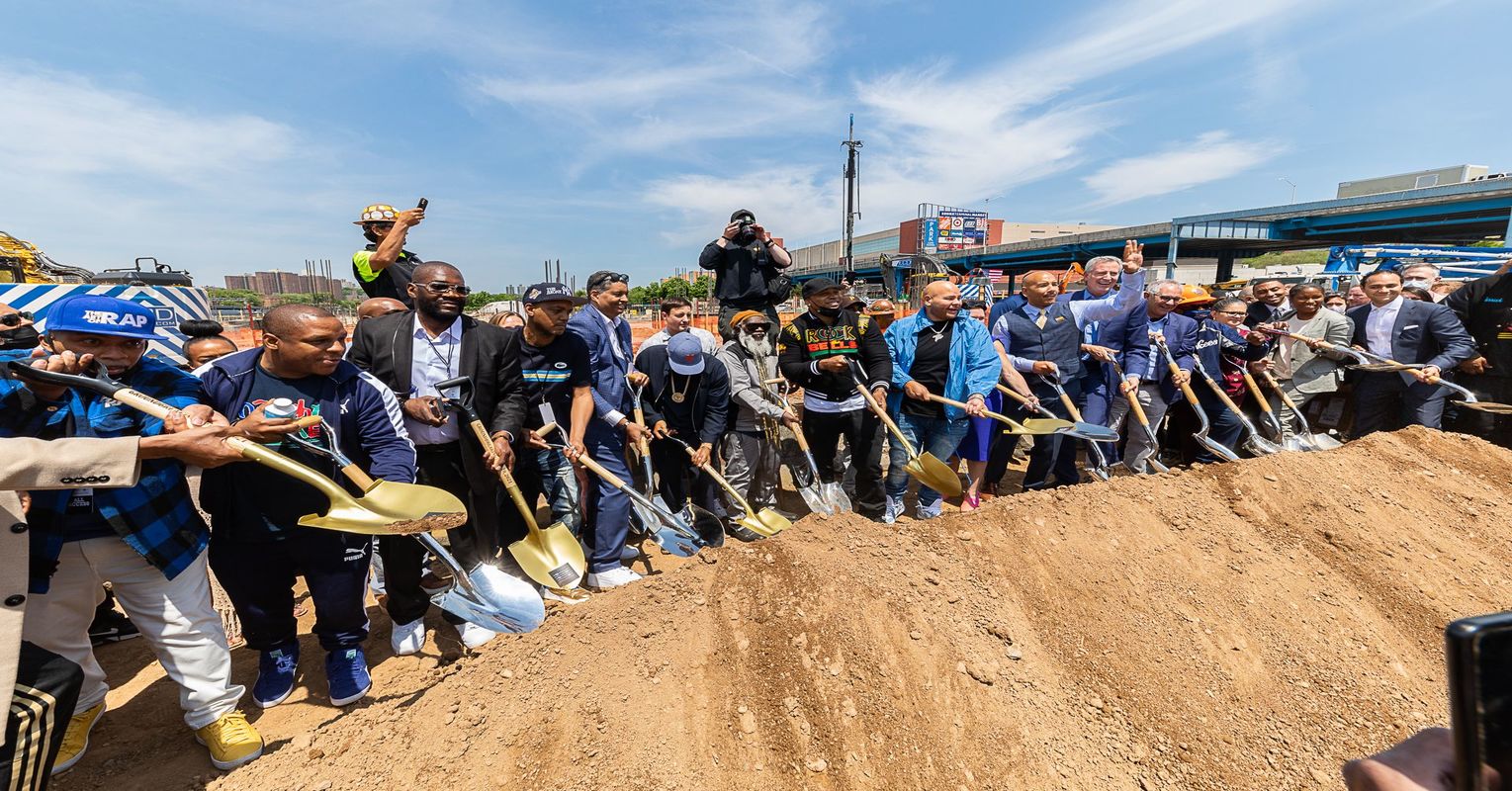It was August 11, 1973. A then 18-year-old named Clive Campbell was DJing for his younger sister’s birthday party. It was there, in the basement of 1520 Sedgwick Avenue, that the seeds for one of the most influential musical genres was sown. Hip hop, arguably, has been one of the Bronx’s most notable contributions to popular culture. It has been nearly five decades, and after many delays, there will finally be a permanent museum to immortalize hip hop, rap, and its pioneers. The Universal Hip Hop Museum at Bronx Point, designed by S9 Architecture in collaboration with Marvel, will feature not only the museum but a 22-story affordable housing complex. That is in addition to event spaces and a nearly three-acre park along the Harlem River.
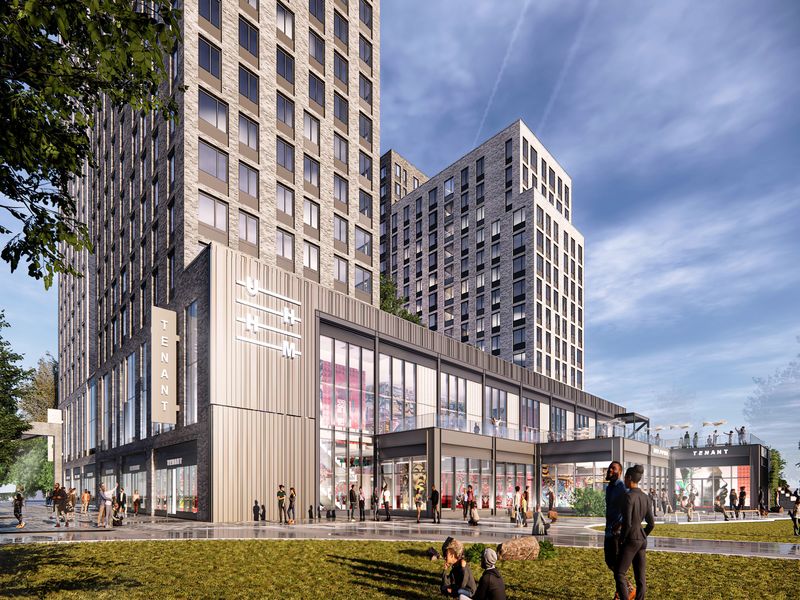
On May 20, 2021, many of New York City’s hip hop pioneers, including LL Cool J, Grandmaster Flash, Nas, and Fat Joe, came together to break ground on the museum. They reminisced on their early days as artists, coming-of-age in what was then a challenged city.
“Hip Hop made me believe that anything was possible. It was the first time I heard young Black men sounding powerful. Most of the time when I saw young Black men they were putting their heads down and put in a police car. … [Listening to hip hop] was the first time I felt that it’s possible to be powerful. It’s possible to be somebody.”
LL Cool J
In the 1970s, hip hop music was seen as an outlet for disenfranchised and marginalized youth, often living in low-income areas. Much of hip hop culture reflected the social, economic and political conditions that many youths faced, especially living in a time when redlining, urban renewal, and racist urban policies exacerbated inequities in the Bronx. Using records and turntables, and occasionally harnessing electricity from nearby street lamps, DJs would host block parties that brought a large portion of a neighborhood together to feel the power of music. That infectiousness of hip hop quickly spread worldwide, with Mayor Bill de Blasio even making the remark that “hip hop is a universal language.”
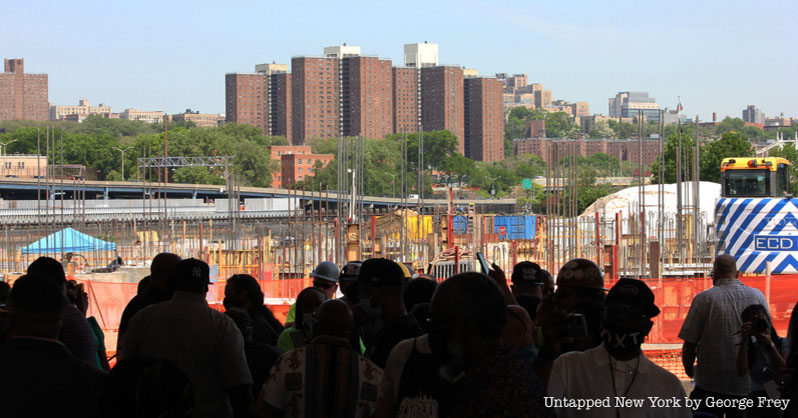
Both the artists and politicians present at the groundbreaking event repeated the sentiment that hip hop gave people from all backgrounds power. Mayor de Blasio, along with Bronx Borough President Rubén Díaz Jr., declared that hip hop gave them a feeling of being able to take on the world, no matter what level of adversity they had to overcome.
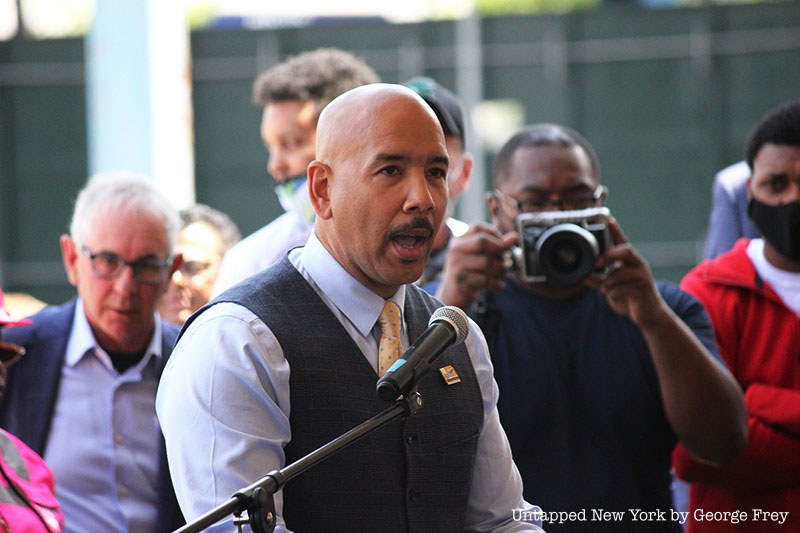
“Hip Hop is now the number one music genre on the entire planet. Hip hop took over fashion, cinematography, jewelry, social media, sports, you see Hip Hop everywhere. Hip hop is the bridge to the racial divide, that we still see. It is the only way that a little Black boy from Brooklyn, can relate to a white girl in Texas. It’s the only way that a doctor in Japan can relate to an artist in LA.”
Rubén Diaz Jr., Bronx Borough President
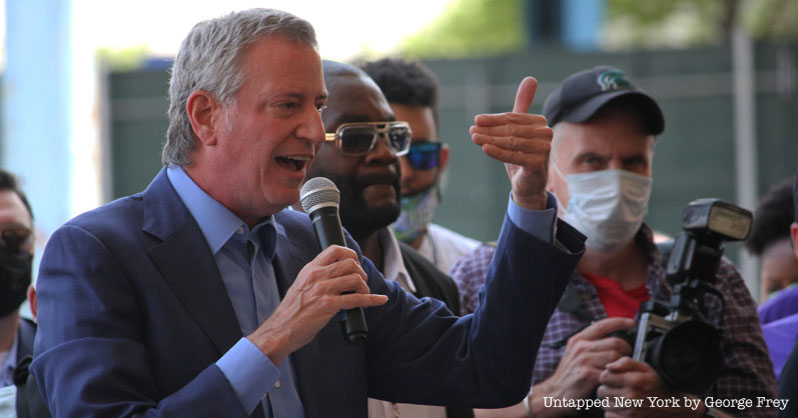
As the genre of hip hop continues to evolve, the aim seems to remain the same: to disrupt unjust systems. That was the culminating message of all of the speakers, whether they were politicians, donors, older artists, or newer niche rappers. The ceremony and the upcoming museum are both dedicated to changing the world, bridging the gap between Black and white, rich and poor, urban and rural.
With construction now officially underway, The Universal Hip Hop Museum is scheduled to open in 2024. In combination with the aforementioned affordable housing and riverfront park, it will cost a grand total of $349 million. This museum is meant to be a place where individuals can unite, learn more about the genre, and explore one of the most notable cultural features of the Bronx.
“Hip hop moved a nation, hip hop moved the world. It opened eyes, it opened minds, and voices were heard that had never been heard before, people got to express their artistry in their words. It was a revolution. … If we are going to honor the Bronx and remember what makes New York City history and personality and culture so special, we need this museum.”
Bill de Blasio, Mayor
Next, check out Chung King Studios, NYC’s “Abbey Road” of hip hop!






